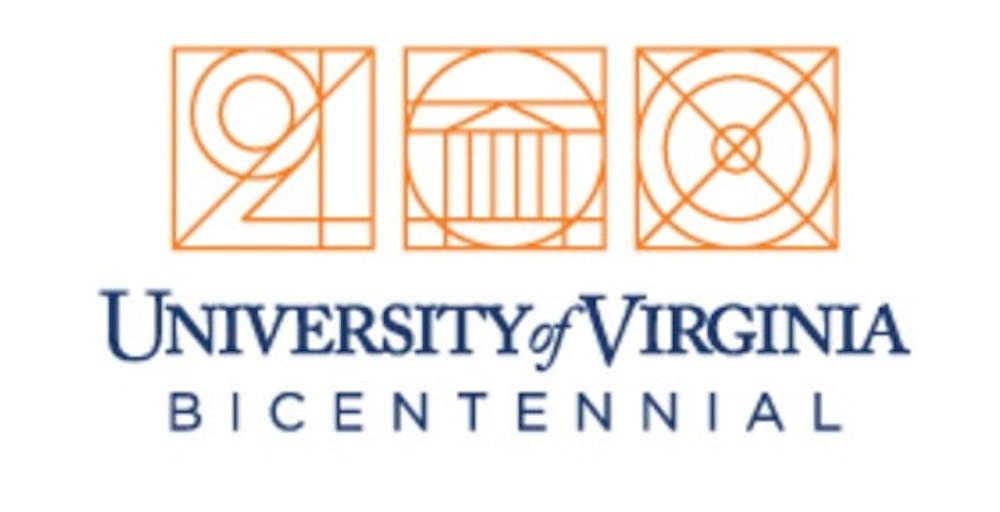As the University enters its bicentennial year, there’s been both a concerted effort to reflect on the past and signal a new era. This University-wide emphasis on fresh beginnings is reflected in new hires alone. President Jim Ryan took the reigns from former President Teresa Sullivan. Carla Williams replaced Craig Littlepage as athletic director — the first African American woman to hold the position to boot. The University’s football team gained a competitive edge with the replacement of Mike London with Bronco Mendenhall. By appearances alone, the University appeared to be turning a new leaf with a shake-up in recent hiring. These new voices came with their new slogans, #OursToShape and #NewStandard, compounding the sense that the University is evolving.
Both the hashtags of Ours to Shape and the New Standard suggest a fresh start as well as a sense of inclusivity. As the new administration settles in, I increasingly question that the institution is undergoing an evolution. Who is included in the “our” of “Ours to the Shape”? Who is privy to the “New Standard”?
Alexis Gravely, the outgoing assistant managing editor of The Cavalier Daily, recently dropped a bombshell article about Jada Howard, a former parking attendant at the Central Grounds Garage. In Howard’s own words, “They frightened me into retirement.” Howard’s abrupt lay-off occurred after she and seven other of her colleagues learned that the University planned to automate parking with 24/7 ParkMobile meters. As Gravely’s piece illustrates, the University treated veteran employees as disposable, only offering job opportunities that Howard couldn’t accommodate. As a result, Howard — beloved by everyone who frequently visited the garage — now has no medical insurance and is left with a cash flow that threatens both her and her son’s food and rent security.
Howard’s misfortunes may seem anecdotal to the status of the University’s future. A devil’s advocate may suggest that the University was only looking in its best interest to minimize costs. However, Howard’s misfortunate reality spells a familiar story to the University’s arc into the new era — the exclusion of a community within the ecosystem of the University.
The individuals that the University has seen as disposable continue to be local residents, often residents of color. As the largest employer in the region, the University has outsize influence for where a local resident can get hired as well as other quality of life factors. The affordable housing crisis ongoing in Charlottesville is hugely impacted by the University’s development strategies, which have caused off-Grounds rent prices to soar. This leaves vulnerable workers like Howard in even more of a predicament, left to navigate a local housing market that prices them out of housing closer to places of employment. In essence, the smallest of decisions the University implements sends shockwaves across the community.
For those sympathetic to the University’s decision to remove Howard for cost cutting measures, the real solutions to curbing excess cash flow stem from elsewhere. Tracking the uptick in college expenditures, the real money-guzzling comes from the burgeoning class of bureaucrats within higher education. Between 1993 and 2009, the number of administrative positions at colleges and universities grew by 60 percent according to Department of Education data.
Howard’s salary was a drop in the bucket of the University’s massive endowment. Her job, which offered students and faculty personal interaction, is irreplaceable. But as higher education scholars like George Mason University’s Todd Zywicki states, “The interesting thing about the administrative bloat in higher education is, literally, nobody knows who all these people are or what they’re doing.”
The same people listed as the fresh new faces of the University are the real causes of the University’s cash flow problem. Mendenhall and President Ryan make upwards of $500,000, excluding Ryan’s extra benefits. Multiple deans of Darden and the Commerce School have similar incomes. There are countless other bureaucratic positions that reap similar windfalls.
The question remains, who among us counts in “ours” of “Ours to Shape”? If the very bureaucrats who have been tasked to solve the problem, are the root of the problem, where does this leave the University? Those with the privilege to remain in a place of power will remain comfortable. But for individuals like Howard, it hurts to realize who is outside the inclusion of “our” community.
Katherine Smith is a Senior Opinion Columnist for The Cavalier Daily. She can be reached at opinion@cavalierdaily.com.







